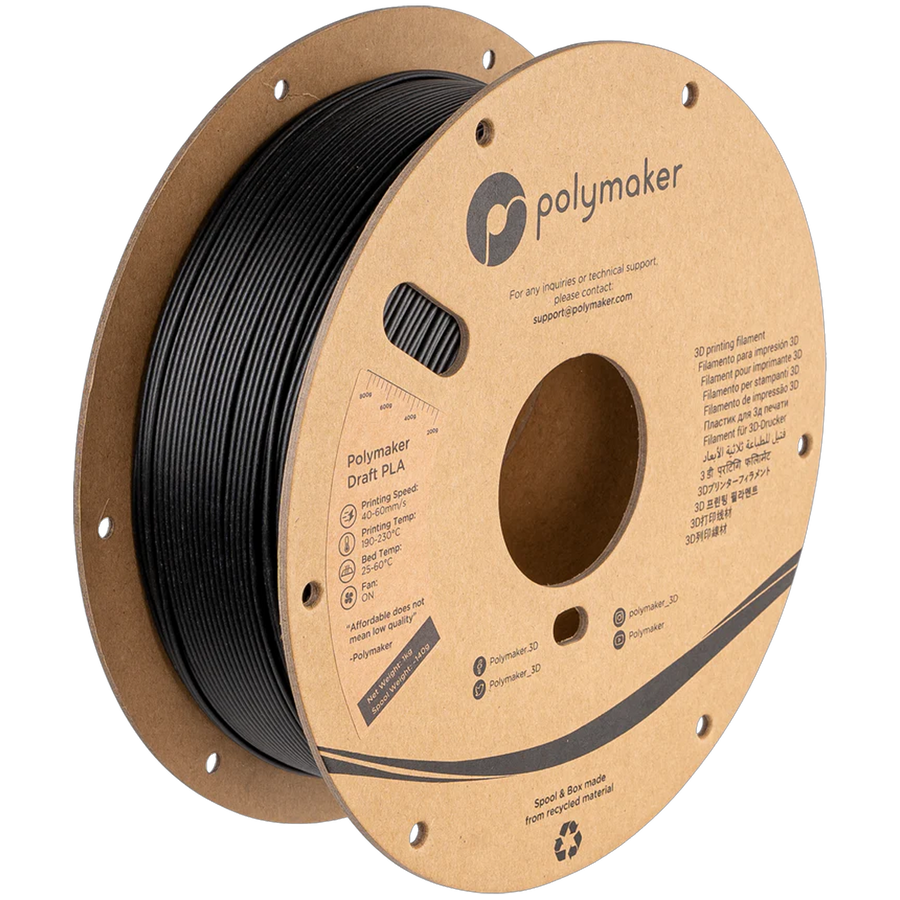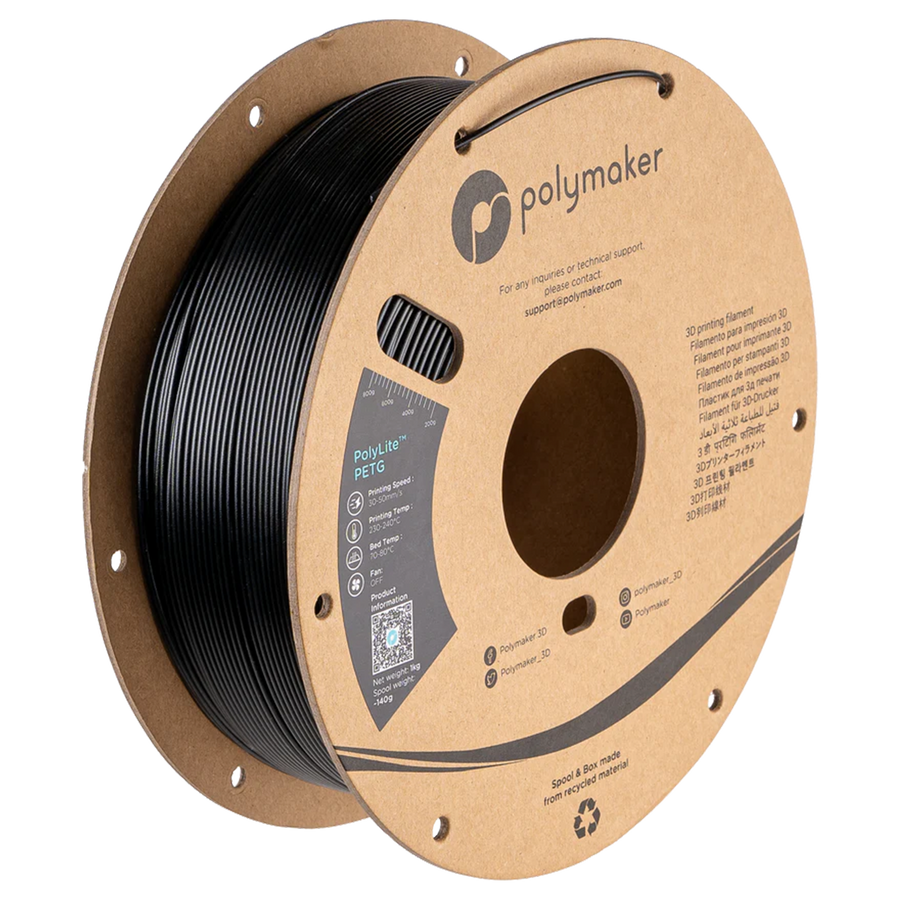3D printing is exciting, but have you ever wondered how much the materials cost?
3D printers use materials called filaments or resins to create objects. Filaments are plastic threads, while resins are liquid plastics hardened by light. These materials can vary from $10 per roll for PLA and up to $300 for a large roll of quality nylon.
Keep reading to learn these costs, and even learn how to estimate costs per project.
How Much Do Materials Cost in 2025?
Material costs depend on type, quality, and brand. Prices are usually per kilogram for filaments or per liter for resins. Below is a table with average costs in 2025.
| Material | Average Cost (USD) | Common Uses |
|---|---|---|
| PLA | $15–$30/kg | Models, prototypes, toys |
| ABS | $20–$40/kg | Functional parts, tools |
| PETG | $20–$50/kg | Mechanical parts, containers |
| Resin | $40–$150/liter | Jewelry, dental, detailed models |
| TPU | $40–$80/kg | Flexible parts, wearables |
| Nylon | $50–$100/kg | Strong parts, industrial uses |
Source: Based on market data from 3D printing retailers 2025.
Brand and Quality
Well-known brands, like Polymaker, charge more for consistent quality. Cheaper, no-name brands might save money but risk failed prints. Always check reviews before buying. We use Polymaker affiliate links throughout this blog.
Quantity Purchased
Buying in bulk often lowers the price per kilogram. For example, a 5kg spool of PLA might cost $12/kg instead of $20/kg. Hobbyists can save by planning ahead.
Printer Type
FDM printers use filaments, which are generally cheaper. SLA printers use resins, which are more expensive. Your printer type limits your material choices.
Common Types of 3D Printing Materials
Let’s look at the most popular materials. Each has different uses and price ranges. Here’s a quick overview. Please note that this list includes affiliate links to high-quality filament.
PLA (Polylactic Acid)
PLA is the most common filament for beginners. It’s biodegradable, easy to print, and affordable. It’s great for models, toys, and prototypes.

ABS (Acrylonitrile Butadiene Styrene)
ABS is tougher than PLA and heat-resistant. It’s used for functional parts like gears or cases. It costs a bit more than PLA.
PETG Polyethylene Terephthalate Glycol)
PETG combines PLA’s ease with ABS’s strength. It’s flexible and durable, ideal for mechanical parts. Its price is moderate.

Shop PolyLite PETG
Resin
Resin is used in SLA printers for high-detail prints. It’s pricier than filaments but perfect for jewelry or dental models. Resin prices vary widely based on quality.
Specialty Materials
Materials like TPU (flexible), nylon, or metal-filled filaments are specialized. They’re used for unique projects like flexible parts or metal-like finishes. These are the most expensive.
Factors That Affect Material Costs
Several things influence how much you’ll spend on materials. Knowing these helps you save money. Let’s break them down.
Material Type
As shown in the table, PLA is cheapest, while specialty materials like nylon cost more. Your project needs determine the material. Choose wisely to balance cost and quality.
Tips to Save on 3D Printing Materials
Saving money on materials is easier with a few smart choices. Here are practical tips. They work for beginners and pros alike.
Buy in Bulk
Purchasing larger spools reduces costs. A 1kg spool of PLA might cost $20, but a 5kg spool could be $60, saving $8/kg. Check storage conditions to avoid waste.
Compare Prices Online
Sites like Amazon, MatterHackers, or eufymake list competitive prices. Look for sales or discounts, especially during holidays. Always factor in shipping costs.
Optimize Your Prints
Use less material by adjusting print settings. Lower infill percentages (10–20%) or thinner walls save filament without losing strength. Test settings to find the sweet spot.
Hidden Costs to Watch Out For
Materials aren’t the only expense in 3D printing. Hidden costs can add up. Here’s what to consider.
Printer Maintenance
Nozzles, build plates, and resin tanks wear out. Replacement parts cost $10–$100 depending on the printer. Regular cleaning extends their life.
Post-Processing
Sanding, painting, or curing prints requires supplies. For example, spray paint for 3D prints costs $5–$15 per can. Budget for these extras.
Shipping and Tariffs
International orders may face shipping fees or customs duties (5–20% of material cost). US tariffs in 2025 have increased filament prices by 20–145%. Buy locally when possible.
How to Estimate Material Costs for Your Project
Estimating costs helps you plan. Most 3D printing software shows material usage. Follow these steps.
Step 1: Design Your Model
Use CAD software like Tinkercad to create your model. Save it as an STL file. This defines the object’s shape.
Step 2: Slice the Model
Import the STL into slicing software like Cura or PrusaSlicer. Adjust settings like infill and layer height. The software estimates material usage in grams or milliliters.
Step 3: Calculate Costs
Multiply the material usage by the cost per unit. For example, a 50g PLA print at $20/kg costs $1. Add a buffer for potential failures.
Step 4: Check Online Calculators
Sites like Unionfab offer online cost calculators. Upload your model, select the material, and get an instant estimate. This is great for quick checks.
[Image Placeholder: Screenshot of a slicing software showing material usage]
The Future of 3D Printing Material Costs
Material costs are changing. New technologies and market trends affect prices. Here’s what to expect.
Price Trends
Filament prices are stabilizing, but tariffs may keep US costs high. Resin prices are dropping as SLA printers become more common. Expect more affordable options by 2026.
New Materials
Innovations like HP’s new nylon for MJF printers promise lower costs and better quality. Recycled and bio-based materials are also gaining traction. These could reduce expenses.
Sustainability
Eco-friendly materials like recycled PLA are becoming cheaper. They cost $15–$25/kg, down from $30/kg a few years ago. This trend supports greener printing.
Conclusion
3D printing material costs vary by type, brand, and market trends, but smart choices like buying in bulk or using recycled filaments can save money. Understanding these costs helps you plan better projects. Tell us your favorite 3D printing material in the comments!

Leave a Reply